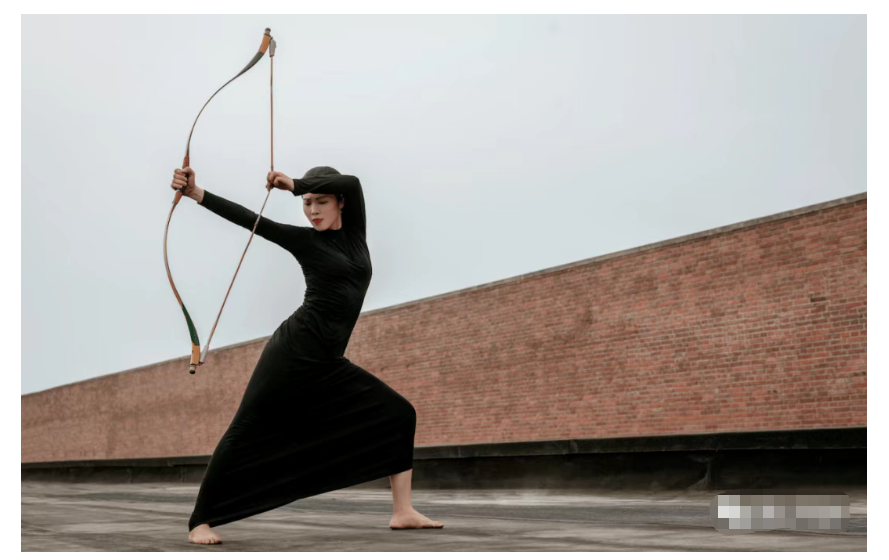Release time:2025-09-13 15:17:59Clicks:author:SPG ArcheryMain categories:Bows, Arrows, Archery Accessories

Shooting with Movement
The "moving" object is in contrast to the "static" object. The "static" object is inert, while the "moving" object is alive. Once you have a solid foundation in "static" shooting, then you can move on to shooting with movement. Otherwise, if your static practice is not yet solid, shooting with movement will be inappropriate. During the elementary and intermediate stages of archery, if you master various static objects, then by the advanced stage, learning to shoot with movement will be a simple matter. The key to shooting with movement lies entirely in distance calculation. The length of the arrow, the speed of the arrow, and the speed of the "moving" object are all important factors. When aiming, you should aim at a point a certain distance ahead and simultaneously release the arrow quickly. When the arrow reaches a certain distance, the "moving" object will also reach a certain distance. At this point, the arrow and the "moving" object meet, and there's no doubt about it. There are two methods for shooting with movement: one is to keep the lead hand stationary and shoot from a certain distance in front of the "moving" object. The other is to move the lead hand in the direction of the "moving" object and shoot in front of it.
Up and Down Moving Object: For ease of practice, let's first explain the "moving object" that moves in the vertical direction. Let's assume the object's volume is a cube one foot long, eight inches wide, and five inches thick. Connect the object to a frame six feet high and two feet wide with a thin string. The object moves up and down by pulling the string manually, or using a machine. The distance of movement is about five feet, and the speed of movement depends on how quickly the string is pulled. If the object is thirty steps long and the object isn't moving very fast, if you shoot with your front hand still, aiming approximately four or five inches above the object, the arrow will reach the object and the two will meet, guaranteeing a hit. If the object moves very quickly up and down, aim one or two inches above the object. If you shoot with your front hand following the object's movement, aiming directly at the object or aiming one inch above the object will guarantee a hit. This calculation is difficult to determine due to the relationship between distance, speed, and bow strength, and should be determined by the archer on the spot.
Left-right "moving" means a target that moves left and right. For example, if the target is positioned in the south, with one arrow pointing east and the other west, the "moving" means it moves back and forth in the east-west direction. Assuming the target is five feet high and its range is ten feet, if you shoot eastward, you should aim about one foot in front of the target; if you shoot westward, you should aim about seven or eight inches in front of the target. When shooting with a left-right moving target, it's crucial to keep your front hand aligned with the target's height. Otherwise, even if the arrow hits the target, if it's too high, it will go over the target; if it's too low, it will fall below the target. Aim for the target to be neither too high nor too low, precisely at the intersection of the upper, lower, left, and right lines, and you'll hit the target.
Forward-backward "moving" means a target that moves back and forth in the north-south direction. This type of target is about two feet high, and the target moves north-south on the ground, with a range of about twenty feet. The target's path is still set at thirty steps. If the arrow is moving south, it should be shot four or five inches in front of the target. If the arrow is moving north, it should be shot two or three inches in front of the target. This shooting method also varies slightly with the nock. Alternatively, to practice forward and backward movement, you can use a ball rolling southward and shoot the target as it moves forward.
Aerial "Moving Target": A kite can be used for aerial movement; its height and shape can be determined on a case-by-case basis. The shooting principle is similar to the previous method, except that the arrowhead should be light to achieve a high shot.
Throwing "Moving Target": Throwing a moving target is used to practice parabolic shooting. In this method, distance, direction, and speed are not fixed; it is entirely based on the artist's intention. The calculation method depends on individual skill.
Rotating "Moving Target": A disk or wooden stick is supported by a cone at its center of gravity. The disk can be rotated by hand or with a machine. Various small wooden or cloth toys are attached to the turntable, for example, a small cloth cone is placed on it. When the turntable rotates, the small cloth cone rotates on the disk and can be shot at from a certain distance. The shooting method is the same as before.